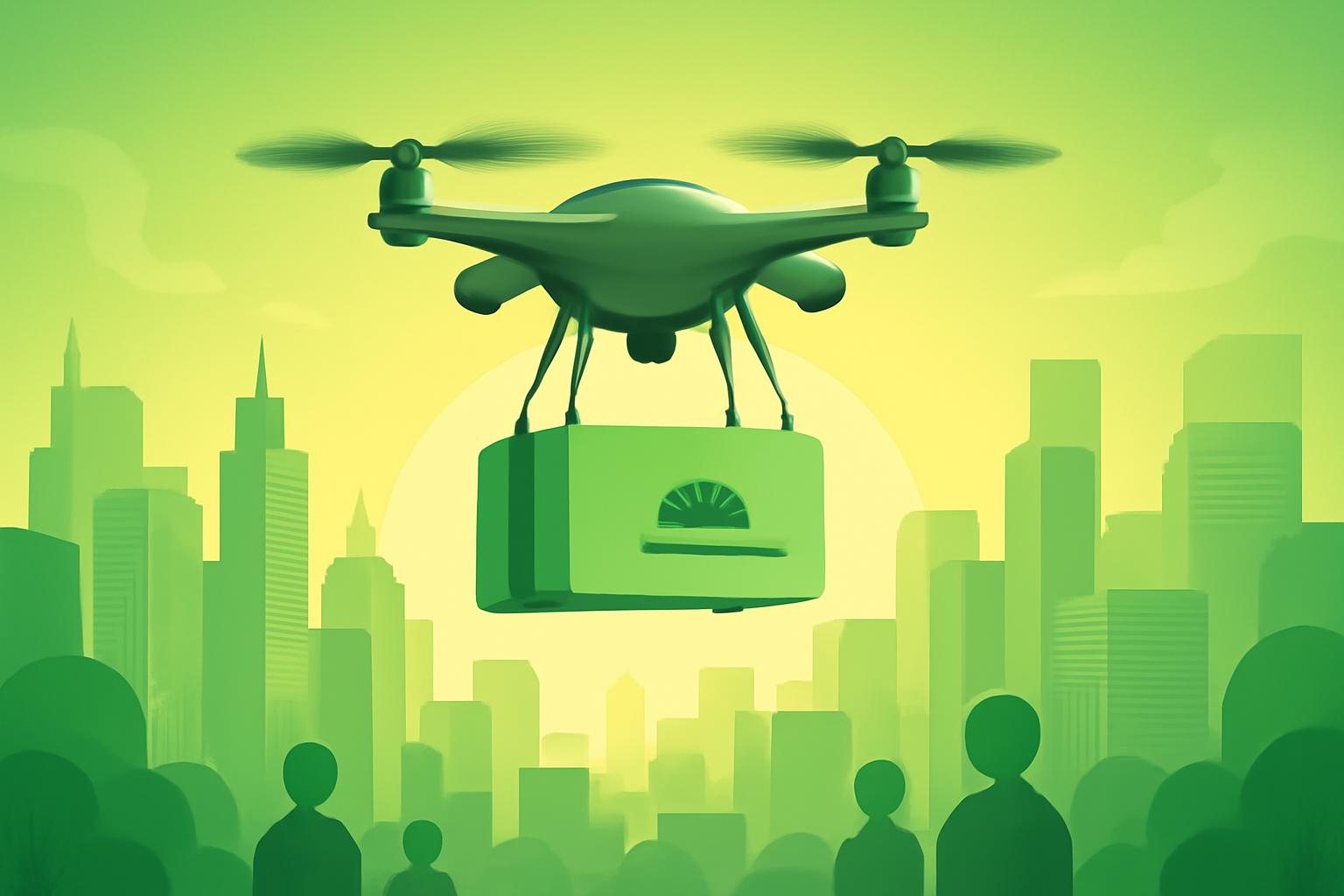Uber to Resume Drone Delivery Trials for Uber Eats in 2025
Uber announced plans to test drone deliveries for its Uber Eats service in select U.S. markets by the end of this year. This initiative is part of a new strategic partnership with Israeli drone delivery startup Flytrex, which includes a minor, undisclosed investment from Uber.
Renewed Focus on Aerial Delivery Amid Evolving Regulations
Uber’s move signals a renewed commitment to integrating drone technology into its delivery operations after an initial pilot in 2019 was discontinued due to regulatory constraints. At that time, Uber also divested its Elevate aviation division to Joby Aviation, focusing instead on partnerships with autonomous vehicle companies such as Waymo and the development of electric air taxis.
Recent shifts in the regulatory landscape governing drone operations have created a more permissive environment for aerial delivery services. This trend has encouraged companies like Zipline and Flytrex to expand their drone delivery networks, making airborne logistics more feasible and scalable.
Flytrex’s Established Presence in U.S. Drone Deliveries
Flytrex has an established track record, having completed more than 200,000 deliveries across the United States. The company also maintains partnerships with other food delivery platforms, including Uber Eats competitor DoorDash, highlighting its growing footprint in the aerial delivery market.
Uber’s collaboration with Flytrex represents a strategic step to leverage specialized drone delivery expertise while advancing its broader vision of integrating innovative transport technologies into its services.
FinOracleAI — Market View
Uber’s renewed drone delivery trials reflect an adaptive strategy amid a more favorable regulatory climate, potentially enhancing delivery efficiency and reducing costs. The partnership with Flytrex leverages existing drone delivery experience, mitigating operational risks. However, regulatory uncertainties and competition from established drone logistics players remain key risks. Market participants should monitor regulatory developments and pilot outcomes for insights into scalability and consumer adoption.
Impact: positive













